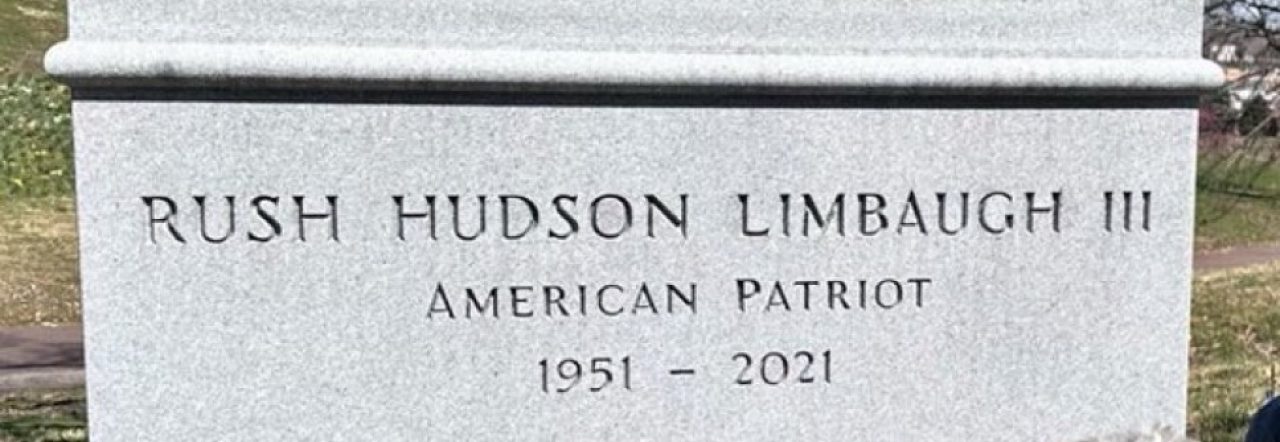For the past few months, I have been reading Diana Gabaldon’s Outlander series of novels, about a nurse after World War II, who falls through standing stones in Scotland, and lands 200 years in the past. Her adventures are totally engrossing, and I have been literally losing sleep, as I hate to close the book, turn off the bedside light and go to sleep. I have read other novels dealing with time-travel, and I make a point of looking for “anachronisms”, or technology that could not have existed in the past, or characters using terms that don’t exist in the past, either.
Since the first couple of books, “Outlander“, and “Dragonfly In Amber” deal with Scotland in the 1760s, I paid attention to the historical references, and descriptions of life at that time (less most of the modern conveniences we tend to take for granted). Claire, the main character, travels from Scotland, to France, and elsewhere, and I really enjoyed learning about all those places, and what they were like 200 years ago. Just the little things, like what Scots noblemen ate for dinner, what they wore, and how they talked. And how they got around the wilds of the Scottish Highlands. Claire is already married in 1946, but in 1760s Scotland, she marries again! Funny, but she doesn’t really mention to her Scots “bastard nobleman” husband, Jamie Fraser, that she’s already married, when they marry as a way of saving her from being burned as a witch. I did learn a lot about the rise and fall of “Bonny Prince Charlie”, and the revolution that wasn’t, and that totally devastated the Highlands after the Stuart supporters lost the Battle of Culloden to the English Earl of Cumberland and his troops. Their “scorched earth” policy was just heartbreaking, and Gabaldon’s descriptions of how many Scots lost their land, their homes, and their families, and many starved to death, were eye-opening to me.
I also liked learning about the Highland clans, especially the Frasers. I live in Washington State, and we are just south of Vancouver, British Columbia. Now, I know more about Lord Lovat, the elder Simon Fraser, after whom the Fraser River and Simon Fraser University are named! [And, I learned why the Irish sometimes call their children “chislers”. There is an old Gaelic phrase, “Mo Chuisle”, that is an endearment meaning ‘my child”.]
Right now, I’m about halfway through “A Breath of Snow and Ashes“, which has Claire and Jamie and their families in North Carolina in the 1770s. I was introduced to some early American history of which I had been totally unaware until now! Funny, when you learn about the American Revolution in school, history texts mostly discuss activities in the northern colonies. I learned about the “War of the Regulation” in the Carolinas, an early uprising against the British governors, that was put down at the Battle of Alamance (which Claire, Jamie, and their son-in-law participate in). This has gotten me interested in what was happening before the Revolution in the South, and I intend to read further on the subject.
Claire is tricky and resourceful, and doesn’t shy away from trying to re-create modern conveniences in her medical profession in the 1770s. I was fascinated at the descriptions of how she managed to grow her own Penicillin mold and make a useful antibiotic solution for her early-American patients. And I did have to chuckle at her “invention” of a makeshift hypodermic syringe from hollow snake fangs! It did the job, however, and enabled her to save a life. She also manufactures her own ether, and has a local glass-blower make her the apparatus to administer anesthesia, previously totally unknown, and not to be “invented” until 100 years later! And then, there is her daughter (with Jamie), who invents matches, another item that won’t really come along for another 100 years.
I am totally enjoying Outlander, and learning about times when people had things much harder than we do today. I also find the time-travel parts of it fascinating, especially when they discover others who have some to the past through “standing stones” in other lands. I think more modern characters will turn up, and give everyone something to think about.

The standard history texts in school usually deal with the various Acts, the Boston Tea Party, the Boston Massacre, then straight on to Paul Revere and Lexington and Concord. The War of the Regulation and other things like the Gaspee Incident are never even mentioned.
Yep. I especially love historical fiction, since I always learn something that I didn’t know before. I’m going to update this post with something else I learned, in just a moment.
Some of the best books I’ve read have been historical fiction.
Nuts. That last comment was me.
Was that Sir Percival, the bumbling idiot? Nah…just “Percy-pants” . If you want to read the world’s best historical fiction, pick up the “House of Niccolo” and “Lymond Chronicles” by Dorothy Dunnett. Both are multi-novel series, and totally entrancing. Liberally strewn with real historical figures from Renaissance Europe, the Middle East, and Africa.
Hi, RB! Loved Niccolo, Lymond drove me nuts…Outlander books have been birthday and Christmas gifts for my youngest sister for the past several years. She devours them. I’m partial to Anne Perry’s William Monk Victoriana. Good to see you and Sir Percy here!